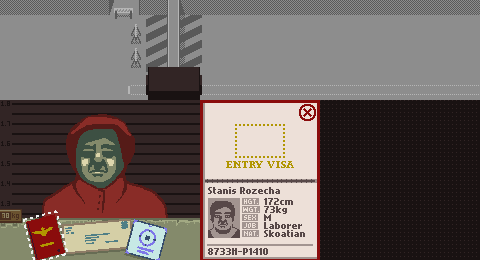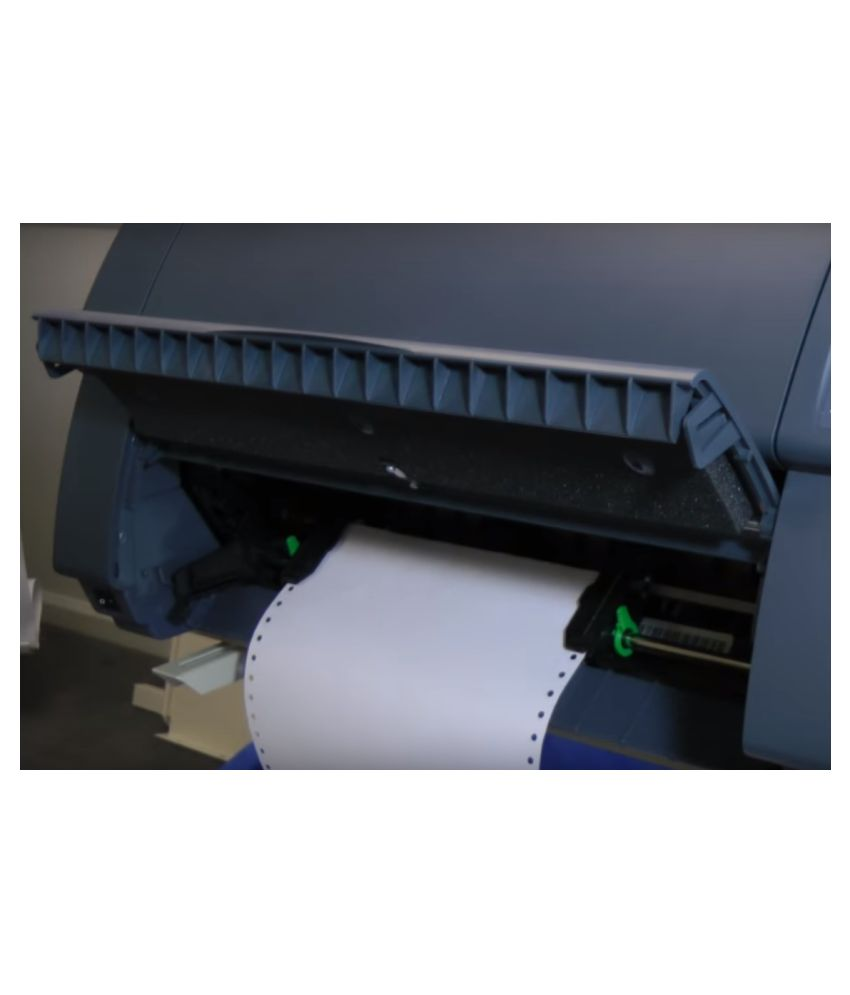

- #Dot matrix printer papers please game generator#
- #Dot matrix printer papers please game serial#
- #Dot matrix printer papers please game portable#
#Dot matrix printer papers please game serial#
In the process, they designed the parallel electrical interface that was to become standard on most printers until it began to be replaced by the Universal Serial Bus ( USB) in the late 1990s.

Unlike Digital, Centronics concentrated on the low-end line printer marketplace with their distinctive units. The search for a reliable printer mechanism led it to develop a relationship with Brother Industries, Ltd of Japan, and the sale of Centronics-badged Brother printer mechanisms equipped with a Centronics print head and Centronics electronics. In 1970 Digital Equipment Corporation (DEC) introduced an impact dot matrix printer, the LA30, as did Centronics (then of Hudson, New Hampshire): the Centronics 101. For this achievement, OKI received an award from the Information Processing Society of Japan (IPSJ) in 2013. It was aimed at governmental, financial, scientific and educational markets.
#Dot matrix printer papers please game generator#
The printer supported a character generator for 128 characters with a print matrix of 7×5. In 1968, the Japanese manufacturer OKI introduced its first serial impact dot matrix printer (SIDM), the OKI Wiredot. IBM marketed its first dot matrix printer in 1957, the same year that the dye-sublimation printer entered the market. Īn Epson MX-80, a classic model that remained in use for many years
#Dot matrix printer papers please game portable#
An improved transistorized design became the basis for a portable dot matrix facsimile machine, which was prototyped and evaluated for military use by Boeing around 1966–1967. The prototype was also shown to General Mills in 1957. When Preikschat emigrated into the US in 1957 he sold the rights to utilize the applications in any countries (except for the USA) to TuN. In 1956, while he was employed at Telefonbau und Normalzeit GmbH ( TuN, later called Tenovis), the device was introduced to the Deutsche Bundespost (German Post Office), which did not show interest.

Like the earlier Hellschreiber, it still used electromechanical means of coding and decoding, but it used a start-stop method ( asynchronous transmission) rather than synchronous transmission for communication. In 1925, Rudolf Hell invented the Hellschreiber, an early facsimile-like dot matrix-based teletypewriter device, patented in 1929.īetween 19 Fritz Karl Preikschat filed five patent applications for his teletype writer 7 stylus 35 dot matrix aka PKT printer, a dot matrix teletypewriter built between 19 in Germany.

It is also able to employ endless printing using continuous paper fanfolded with perforations for each page to be easily torn from each other. With 24-pin printers, the horizontal movement can slightly overlap dots, producing visually superior output ( near letter quality or NLQ), usually at the cost of speed.ĭot matrix printing is typically distinguished from non-impact methods, such as inkjet, thermal, or laser printing, though they too may use a bitmap to represent the printed work. 9-pin and 24-pin are common this specifies the number of pins in a specific vertically aligned space. The perceived quality of dot matrix printers depends on the vertical and horizontal resolution and the ability of the printer to overlap adjacent dots. However, a dot matrix printer is able to print arbitrary patterns and not just specific characters. Dot matrix printers typically use a print head that moves back and forth or in an up-and-down motion on the page and prints by impact, striking an ink-soaked cloth ribbon against the paper, much like the print mechanism on a typewriter or line printer. Dot matrix printing, sometimes called impact matrix printing, is a computer printing process in which ink is applied to a surface using a relatively low-resolution dot matrix for layout.


 0 kommentar(er)
0 kommentar(er)
